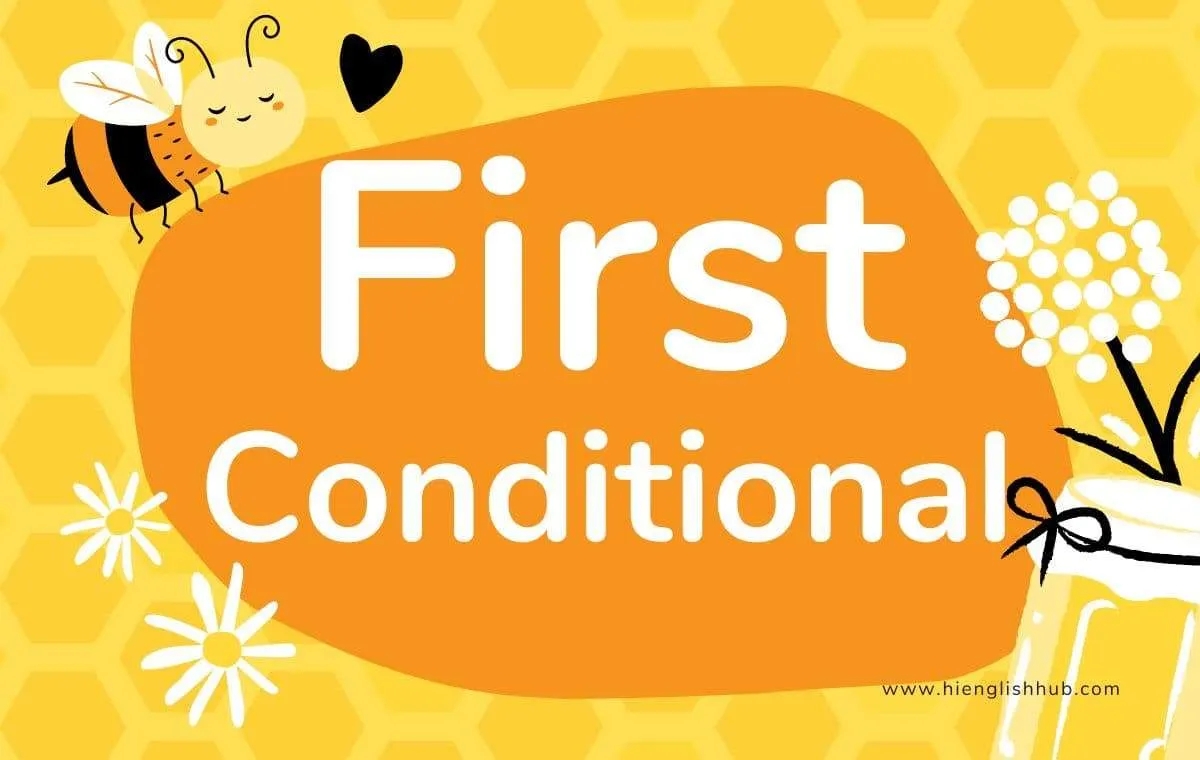When learning English, understanding different grammar structures is essential. One important structure to grasp is the first conditional form, which is used to talk about possible future events based on a condition.
First conditional sentences typically consist of two clauses: the “if” clause (condition) and the main clause (result). Let’s delve deeper into this structure:
First Conditional Form
In the first conditional form, the “if” clause is used to express a condition that is likely to happen. It is followed by the main clause, which describes the result or consequence of that condition. For example, “If it rains, I will take an umbrella.” In this sentence, the condition is the possibility of rain, and the result is taking an umbrella.
It is important to note that the present simple tense is used in the “if” clause, while the future simple (often indicated by “will” or “going to”) is used in the main clause. This structure helps to convey a sense of cause and effect in English sentences.
First conditional sentences are commonly used in everyday conversations to discuss future plans, predictions, or possibilities. They allow speakers to talk about what might happen based on certain conditions being met. Practicing this structure can help improve your fluency and confidence in using English.
Overall, the first conditional form is a useful tool for expressing possibilities and outcomes in English. By mastering this structure, you can effectively communicate about potential future events and make predictions based on specific conditions. Remember to use the present simple in the “if” clause and the future simple in the main clause to create accurate and meaningful sentences.
In conclusion, understanding and using the first conditional form is essential for English learners who want to communicate effectively in various situations. Practice constructing sentences with this structure to improve your language skills and become more confident in expressing future possibilities.
